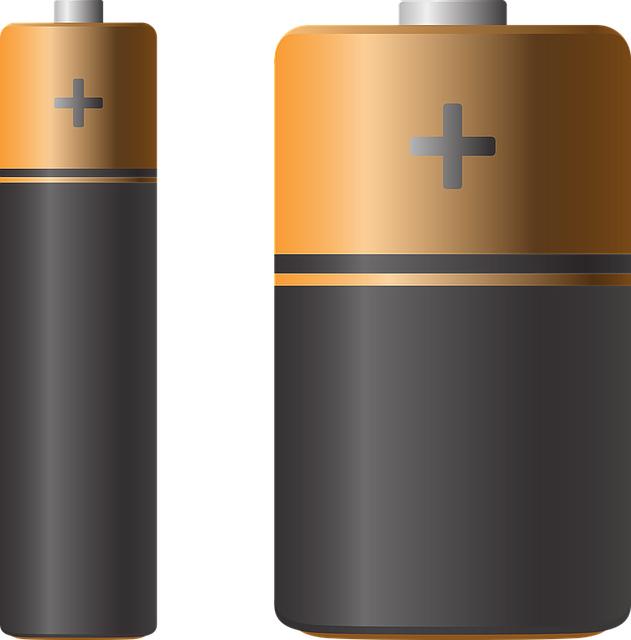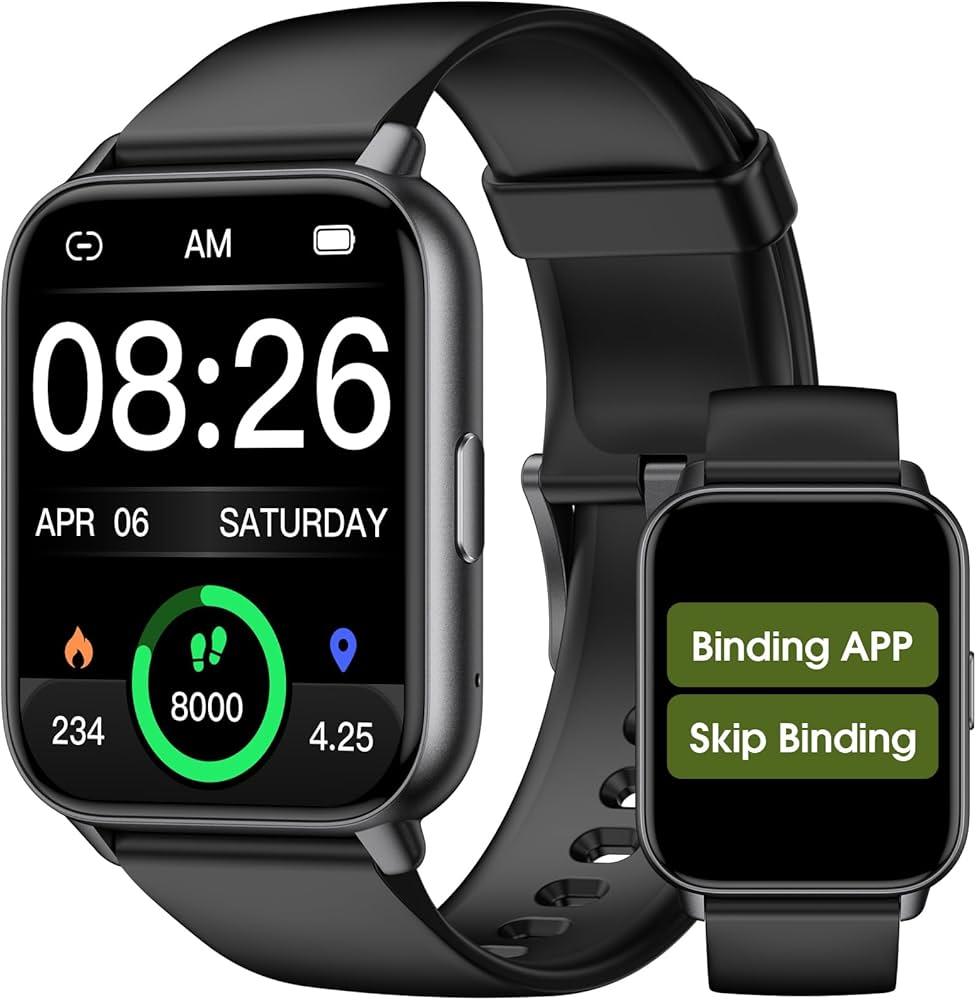In a world where keeping track of every heartbeat and step has become second nature, fitness trackers have emerged as indispensable companions for the health-conscious individual. As technology continues to evolve,so too does the need for longer-lasting power sources for these wearable gadgets. Whether you’re a weekend warrior documenting your latest hike or a dedicated fitness enthusiast monitoring daily workouts, the longevity of your tracker’s battery can substantially impact your experience. In this article, we delve into the varying battery lives of today’s fitness trackers, comparing those that require daily charging to the impressive models boasting an amazing 30-day lifespan. Join us as we explore the trade-offs between convenience and endurance, helping you find the perfect balance for your active lifestyle.
Understanding Battery Longevity and Its Impact on Daily Usage
Battery longevity plays a crucial role in the overall user experience of fitness trackers. When choosing a tracker, it’s essential to consider how often you are willing to charge it, as this can significantly impact your daily routine. Some devices require daily charging, which can become tedious and interrupt your fitness momentum. In contrast, others boast impressive battery lives that allow for weeks of uninterrupted monitoring, stemming from less frequent charging. These longer-lasting models often utilize advanced battery technologies or energy-efficient components to extend their usability without sacrificing performance.
To illustrate the variations in battery life, here’s a comparison of popular fitness trackers:
| Fitness Tracker | Battery Life | charging Frequency |
|---|---|---|
| Model A | 1 Day | daily |
| Model B | 7 Days | Weekly |
| Model C | 30 Days | Monthly |
Having a fitness tracker with superior battery longevity not only enhances convenience but also encourages consistent usage. Maintenance of daily fitness goals becomes feasible when the hassle of regular charging is minimized. Users seeking a seamless experience should evaluate their lifestyle needs and select a device that aligns with their activity frequency and overall fitness goals.

Top Performers in the long Battery Life Category
In the ever-evolving landscape of fitness trackers, a few models have emerged as the champions of longevity, breaking free from the need for daily recharging. For users seeking to minimize downtime and maximize workout time, these standout devices offer impressive battery life that can last for weeks, or even months, on a single charge. The following devices have garnered attention for their remarkable endurance:
- Garmin forerunner 245 Music – With up to 7 days in smartwatch mode and 24 hours in GPS mode, this tracker is perfect for avid runners.
- Xiaomi Mi Band 6 – Known for its incredible value,this tracker offers up to 14 days of usage,making it a favorite among budget-conscious fitness enthusiasts.
- Fitbit Charge 5 – This sleek device provides a robust 7 days of battery life, ensuring you stay on top of your fitness goals without constant recharging.
- Coros Apex – Designed for athletes, this rugged watch boasts an astonishing 30 days in smartwatch mode, ideal for those who partake in extended outdoor activities.
Enhancing these fitness journeys is not solely about remarkable features; it’s about the experience of uninterruptible performance. Choosing a tracker with extended battery life allows users to focus on their activities rather than worrying about their devices. A speedy comparison of these top performers illustrates their stellar battery capabilities:
| fitness Tracker | Battery Life (Days) | usage Mode |
|---|---|---|
| Garmin Forerunner 245 Music | 7 | Smartwatch |
| Xiaomi Mi Band 6 | 14 | N/A |
| Fitbit Charge 5 | 7 | Smartwatch |
| Coros Apex | 30 | Smartwatch |

Daily Charging Habits: Finding the Right Balance
In today’s fast-paced world, the way we manage our fitness tracker’s battery life can significantly impact our health journey. Daily charging habits vary widely among users, with some preferring the convenience of charging every night, while others find it more practical to let their device run for days on end before plugging in. Understanding the balance between maintaining a charged device and ensuring you don’t interrupt your daily tracking routine is key. Here are some strategies to consider:
- Optimize settings: Adjusting screen brightness and disabling unnecessary notifications can extend battery life.
- scheduling: consider setting a specific time each day for charging, allowing you to stick to a routine that works for you.
- Use low-power modes: If your tracker supports it, leverage low-power settings during activities or when the device isn’t in active use.
for those who own fitness trackers with varying battery capacities, understanding their charging habits may differ. Some of the market’s latest models have touted impressive battery life, extending up to 30 days or more on a single charge, reshaping the way users interact with their devices.Here’s a quick comparison of selected trackers based on battery longevity:
| Fitness Tracker | Battery Life |
|---|---|
| fitbit Charge 5 | 7 Days |
| Amazfit Bip U pro | 18 Days |
| Garmin Fenix 6 | 14 days |
| Xiaomi Mi Band 6 | 15 Days |
| Whoop Strap 3.0 | 5 Days |
| Oura Ring | 7 days |

Tips for Maximizing Your Fitness Tracker’s Battery Life
To efficiently stretch the energy reserve of your fitness tracker,consider adjusting your device settings. Lower the screen brightness to minimize power consumption, and set an appropriate screen timeout duration that ensures the display turns off when not in use. Additionally, limiting notifications can reduce the number of times your tracker lights up, which significantly decreases battery usage. You might also want to deactivate GPS tracking when it’s unnecessary, as it drains power rapidly during activities like walking or treadmill sessions.
Another effective strategy involves establishing a charging routine. Rather of waiting for your device to indicate low battery, create a habit of charging it at specific times, integrating it into your lifestyle so that it never hits a critical level. Utilizing energy-saving modes can also extend battery life; make sure to explore any available features that can shut down unused sensors or functions. Lastly, consider investing in a quality charger and avoiding extreme temperatures, as both can impair battery efficiency and lifespan.
The Way Forward
As we’ve explored the diverse landscape of fitness trackers, it becomes evident that battery life is not merely a convenience but a critical factor influencing user experience. Whether you lean toward a daily charging routine or prefer the luxurious freedom of a long-lasting companion, the right tracker can enhance your fitness journey in unique ways.From sleek designs that demand nightly attention to those robust devices that thrive for weeks on a single charge, each option caters to different lifestyles and preferences.
As technology continues to evolve, so too will our expectations.Consider your needs carefully—how frequently enough do you want to charge, how long do you spend tracking your activity, and what additional features can squeeze the most out of your investment? This guide has illuminated the spectrum of choices available, equipping you to make a well-informed decision.
the best fitness tracker is the one that seamlessly integrates into your daily life, empowering you to achieve your health goals without the hassle of constant recharging. so, whether you’re an athlete aiming for endurance or a casual walker seeking motivation, the perfect fitness tracker awaits you—a steadfast ally in your journey toward a healthier, more active lifestyle. Charge ahead and choose wisely!


